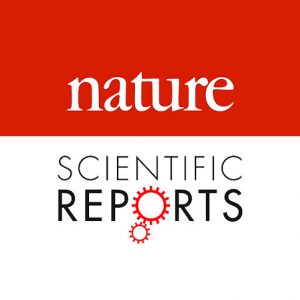
Scientific Reports. 2021 (3/11/2021)
Abstract

African swine fever (ASF) is currently the most dangerous disease for the global pig industry, causing huge economic losses, due to the lack of effective vaccine or treatment. Only the early detection of ASF virus (ASFV) and proper biosecurity measures are effective to reduce the viral expansion. One of the most widely recognized risks as regards the introduction ASFV into a country is infected animals and contaminated livestock vehicles. In order to improve ASF surveillance, we have assessed the capacity for the detection and inactivation of ASFV genome by using Dry-Sponges (3 M) pre-hydrated with a new surfactant liquid. We sampled different surfaces in ASFV-contaminated facilities, including animal skins, and the results were compared to those obtained using a traditional sampling method. The surfactant liquid successfully inactivated the virus, while ASFV DNA was well preserved for the detection. This is an effective method to systematically recover ASFV DNA from different surfaces and skin, which has a key applied relevance in surveillance of vehicles transporting live animals and greatly improves animal welfare. This method provides an important basis for the detection of ASFV genome that can be assessed without the biosafety requirements of a BSL-3 laboratory at least in ASF-affected countries, which may substantially speed up the early detection of the pathogen.
Kosowska A, Barasona JA, Barroso-Arévalo S, Rivera B, Domínguez L, Sánchez-Vizcaíno JM.
Scientific Reports: A new method for sampling African swine fever virus genome and its inactivation in environmental samples
Date
November 3rd, 2021




